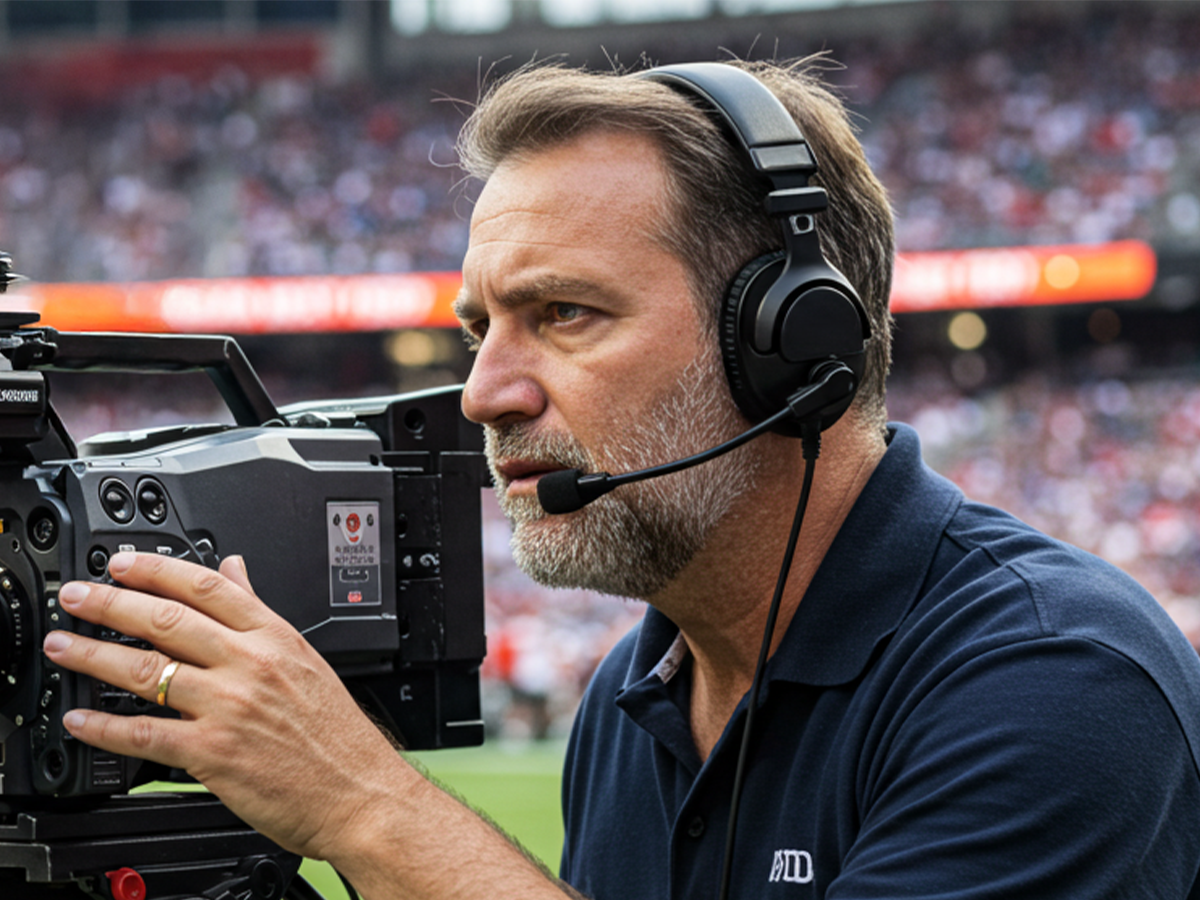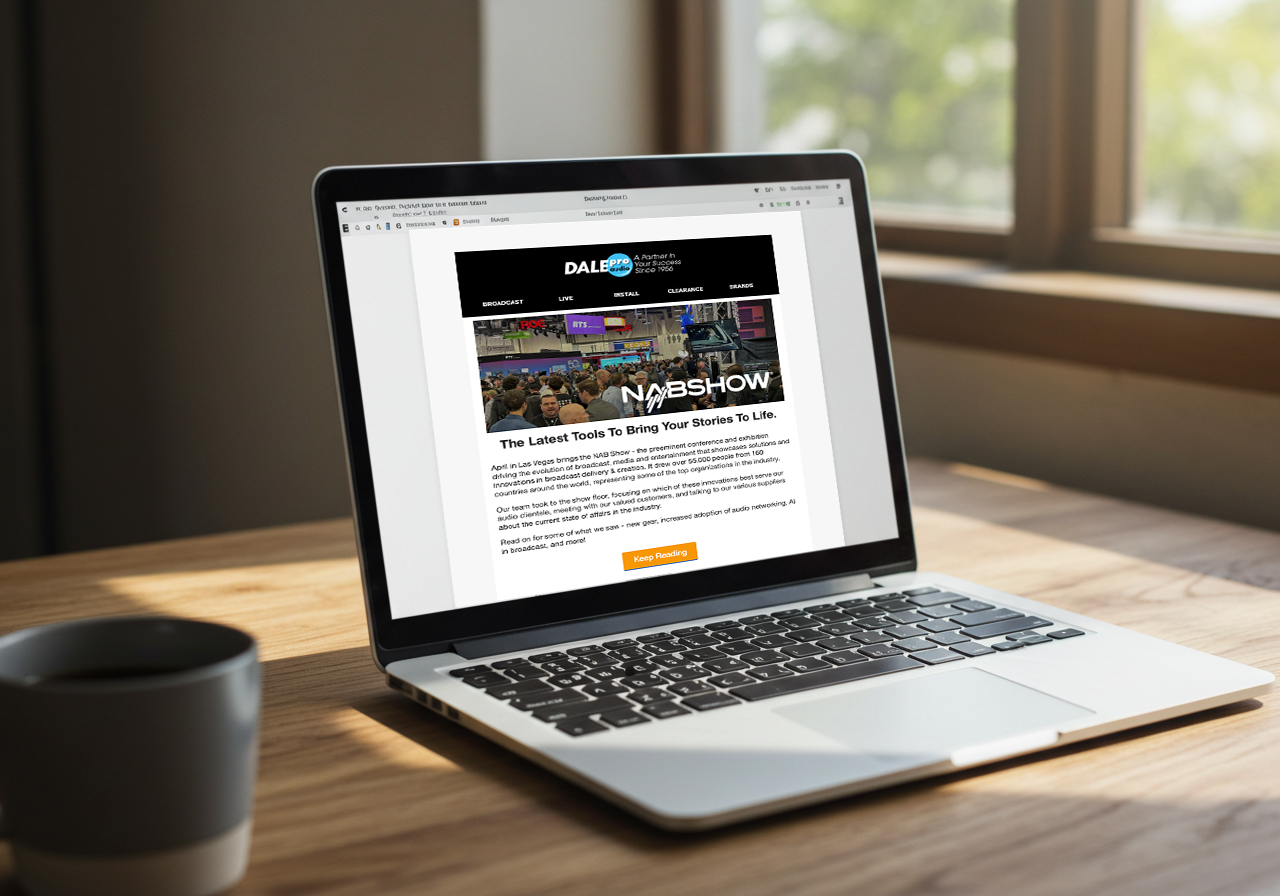
In the mission-critical worlds of broadcasting and event production, clear and reliable communication is non-negotiable. Whether you're on a live television set managing a show, on the sidelines at a sporting event, or coordinating a theatrical production, your headset becomes a crucial part of your performance. With so many options on the market, selecting the right headset can be overwhelming. Here's a breakdown of the key factors to consider before making your decision.
1. Audio Clarity
The primary function of a broadcast headset is to ensure crisp, clear audio—both incoming and outgoing. Look for headsets that feature:
- Isolation from background interference.
- High-fidelity drivers that reproduce voices accurately.
- Wide frequency response for clear, natural sound.
In high-pressure environments, even a minor miscommunication can cause major issues, so audio quality must be your top priority.
2. Comfort for Long Wear
Broadcast sessions can last for hours, especially during live events or continuous coverage. A headset that's uncomfortable can become a major distraction. Consider:
- Over-ear vs. on-ear design: Over-ear headsets often provide more comfort and better noise isolation.
- Adjustable headbands and padding: These help ensure a snug but comfortable fit.
- Weight: Lightweight designs are less likely to cause fatigue.
Always try the headset on, if possible, to assess comfort for extended use.
You can even get an In-Ear Comms Headset from our friends at Pliant Technologies with a custom-moldable earbud!

3. Durability and Build Quality
Headsets are often dropped, packed and unpacked, or subjected to various weather conditions. A high-quality headset should have:
- Rugged construction, preferably with reinforced cables.
- Sweat and moisture resistance, especially for outdoor use.
- Serviceable parts, such as replaceable earpads and cables.
Investing in a durable headset means fewer replacements and repairs down the road.

4. Single or Dual Ear
Most headset manufacturers offer a choice of single or dual ear design within each product family or series, such as the Sennheiser HMD 300 and HMD 300 S shown above.
- Single ear headsets allow the user to have their other ear open to their surroundings. This is important for stagehands, theater directors, or other backstage personnel who need to hear locally.
- Dual ear headsets, conversely, block out the majority of outside sound. A camera operator on the field at a football game doesn't need to hear 80,000 screaming fans. A lighting director at a rock concert needs to be able to hear crucial info above the sound of the music.
Choose the option that best suits your workflow and environment.
5. Compatibility with Your System
Not all headsets work seamlessly with all intercom systems, consoles, or radios. Before purchasing, verify:
- Connector type (XLR, 3.5mm, 1/4", proprietary).
- Impedance compatibility with your audio equipment.
- Support for push-to-talk (PTT) features if required.
Some headsets are designed specifically for brands like Clear-Com, RTS, or Telex, so check specs carefully.

6. Isolation and Noise Rejection
Broadcasts often happen in noisy environments—from live concerts to sports arenas. A good headset should:
- Isolate the user from ambient noise using closed-back earcups.
- Prevent audio bleed into microphones to avoid echoes or feedback.
Strong noise isolation helps maintain focus and clarity even in chaotic conditions. One of the headset brands we sell, David Clark, got their start in the military and aviation sectors - what better proving ground for a headset than the deck of an aircraft carrier?
7. Microphone Quality and Positioning
Microphone placement is critical in broadcast communications. You’ll want:
- A highly directional boom mic, ideally adjustable and reversible.
- Consistent mic placement that doesn’t shift with movement.
- Built-in pop filters or windshields for minimizing plosives and wind noise.
Broadcast-quality mics should capture natural, articulate speech while minimizing unwanted sounds.
8. Budget vs. Performance
While premium headsets can deliver exceptional quality, they can also come with a hefty price tag. That said, going cheap can cost you more in the long run through poor performance or needing to be replaced for failure. Consider:
- The importance of your role: A camera operator may not need the same audio fidelity as an anchor or director.
- Longevity vs. upfront cost: Investing in quality often pays off with longevity and fewer failures.
Look for a well-reviewed model that meets your needs and best complements your workflow. Dale Pro Audio's comprehensive selection of headsets includes such top names as Clear-Com, Sennheiser, Telex, RTS, David Clark, Pliant Technologies, Beyerdynamic, and more.

Final Thoughts
Choosing the right broadcast communications headset is about more than just price or brand—it's about how well it performs in your specific environment. Audio clarity, comfort, durability, and compatibility all play a crucial role. Take the time to evaluate your needs, read reviews, and test gear when possible. In the end, the right headset will help you stay connected, focused, and professional—no matter what the broadcast throws your way.
Talk To Us.
Need some more guidance? Our team has been outfitting major networks, remote truck companies, venues, and production houses for decades. We know comms, and headsets!




